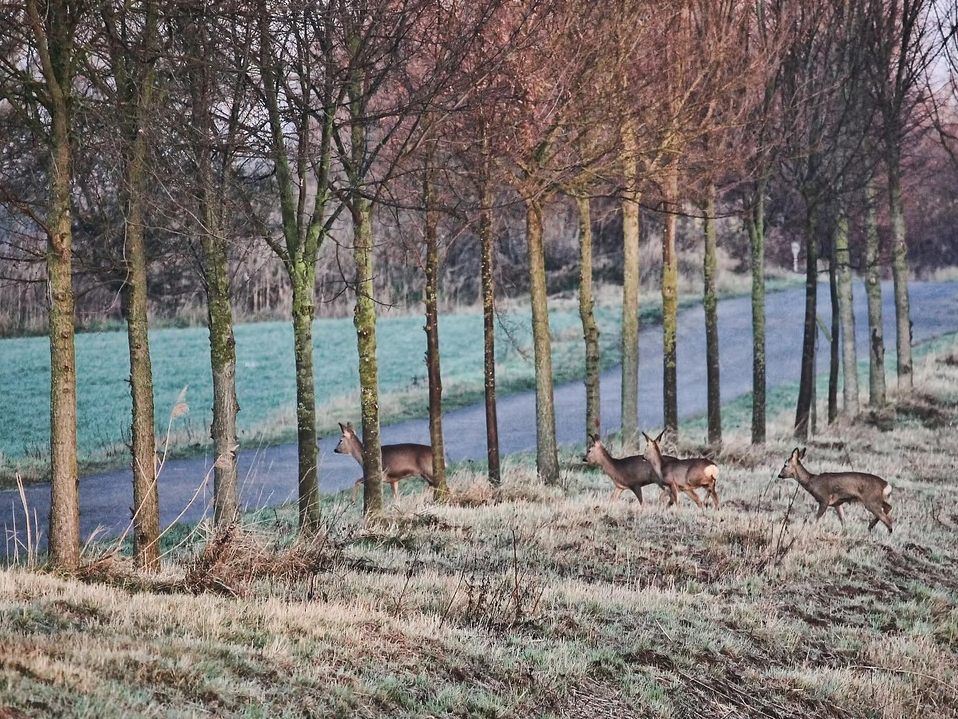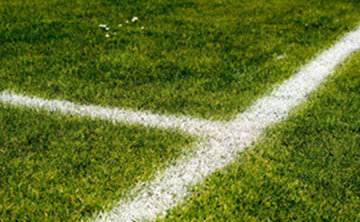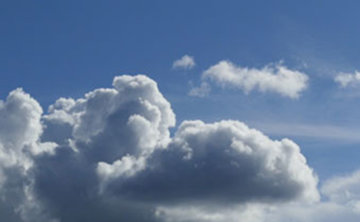Increased Risk of Accidents: ÖAMTC Warning of Wildlife Crossing

In a collision with a 20-kilogram deer at a speed of 50 kilometers per hour, a force of half a ton acts on the car and its occupants. At a speed of 100 kilometers per hour, the impact force even increases to two tons, explained Roland Frisch, chief instructor for cars at ÖAMTC Driving Technology, on Wednesday in a statement about the increased risk of accidents due to wildlife crossing.
On Average 290 Accidents with Personal Injury Due to Wildlife Crossing Per Year
While collisions are usually fatal for the animals, the drivers mostly get away with collateral damage. "In an attempt to avoid the collision with an evasive maneuver, the most severe accidents often occur. If you swerve, you can quickly hit a tree on the roadside or even end up in oncoming traffic," said Frisch. According to experts, in an unavoidable collision, one should brake hard and hold the steering wheel firmly. The likelihood of getting away unscathed is higher this way than with a risky "swerve," which is difficult to control, according to the ÖAMTC.
In 2023, according to an ÖAMTC analysis of Statistics Austria figures, there were a total of 276 wildlife accidents with personal injury. In these, 302 people were injured, and one person lost their life. Such collisions occurred particularly often in Lower Austria (87) and Upper Austria (68). Between 2014 and 2023, there was an average of 290 wildlife accidents with personal injury per year. 2018 stood out as a negative peak with 377 wildlife accidents, 418 injured, and four fatalities. The collisions most frequently occur between 5:00 and 6:00 in the morning or between 20:00 and 23:00.
Increased Risk of Accidents: ÖAMTC Recommends Always Being Ready to Brake
In areas with wildlife crossings, which are usually marked with warning signs, drivers should be particularly attentive and always ready to brake. If an animal is in sight, the speed should be reduced, the high beams turned off, and the horn sounded. Even after the animal has crossed the road or run away, caution is still advised. "Wildlife usually flees in groups," said Frisch.
According to the road traffic regulations, a driver must never brake too suddenly for the vehicles behind them. "So anyone who brakes because of an animal risks partial liability in a rear-end collision," explained ÖAMTC lawyer Martin Hoffer. However, this does not apply in the case of emergency braking due to a potential collision with a wild boar, deer, or stag. The risk of injury to the driver is too great.
If an accident cannot be avoided, the driver must stop at a safe place, turn on the hazard lights, and put on a safety vest. The accident site must be secured with a warning triangle, injured persons attended to, and the police or hunting authority notified. Injured animals should never be touched - and certainly not taken home. "This is considered poaching and is punishable," said the ÖAMTC.
(APA/Red)
This article has been automatically translated, read the original article here.





